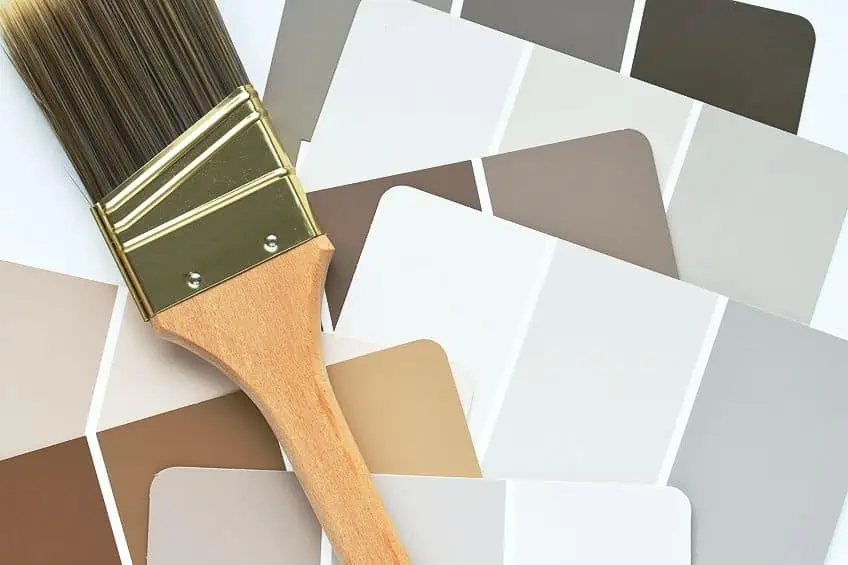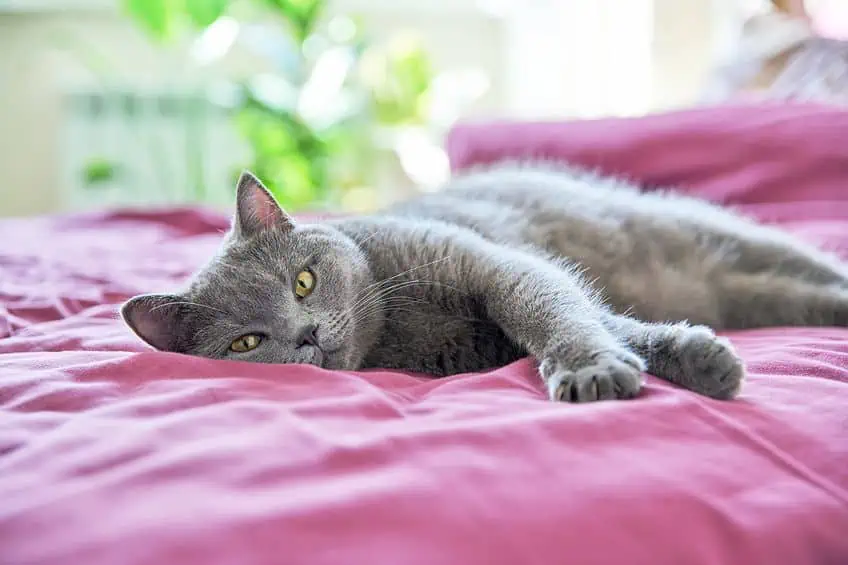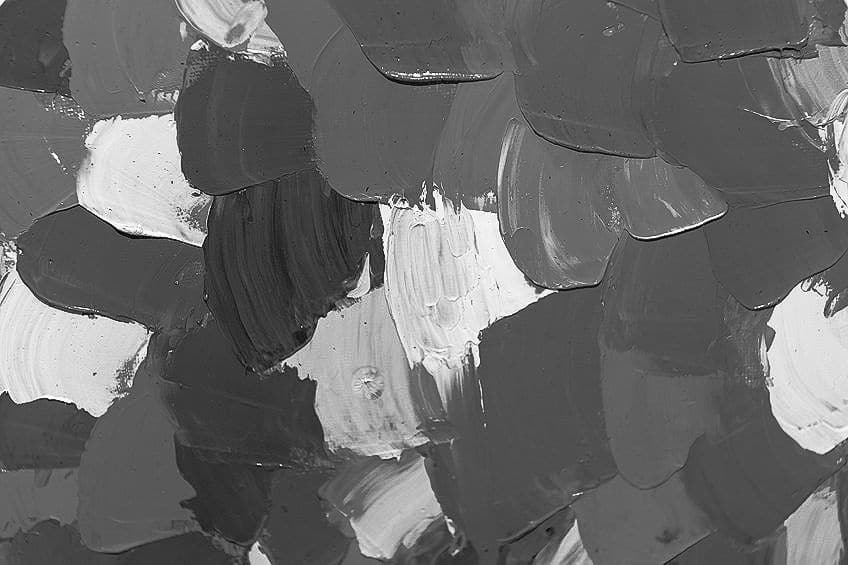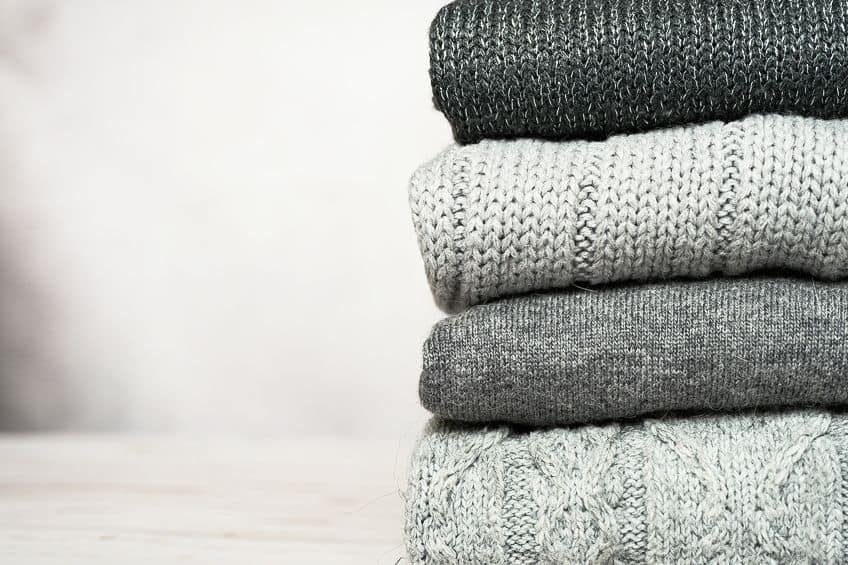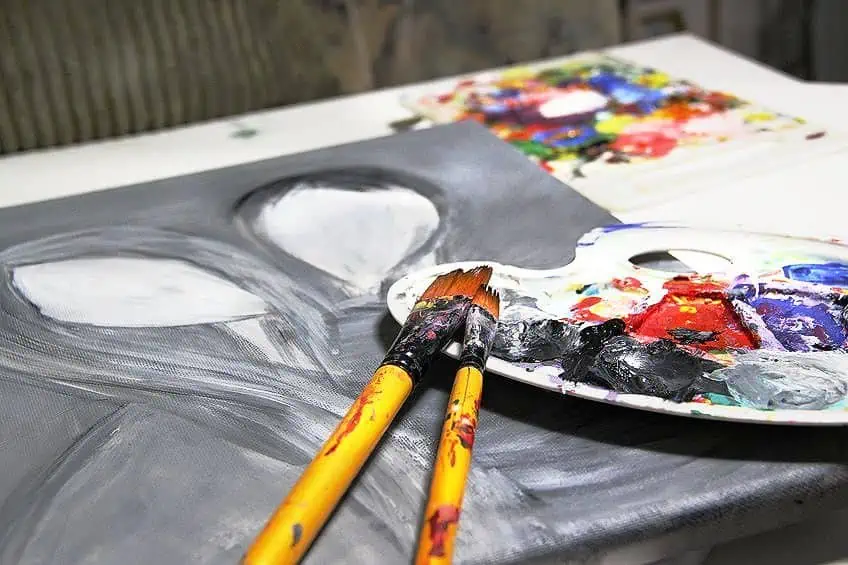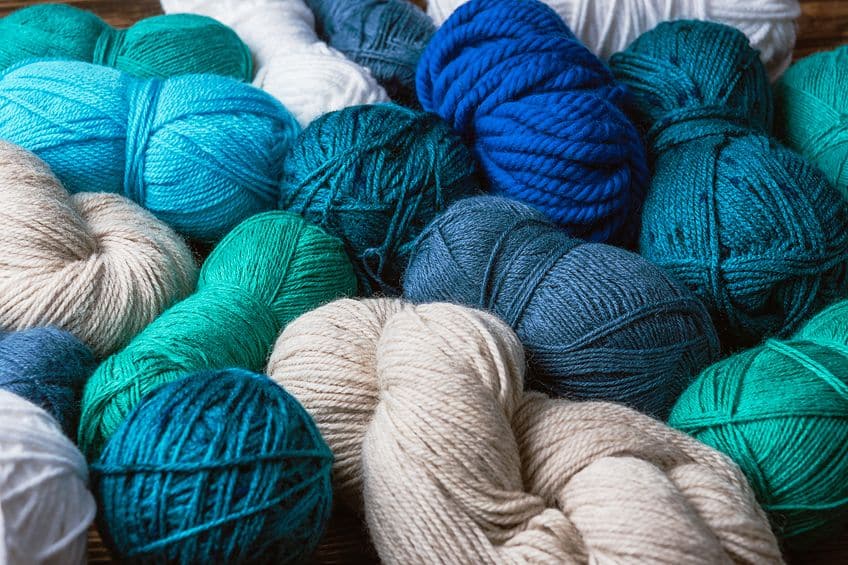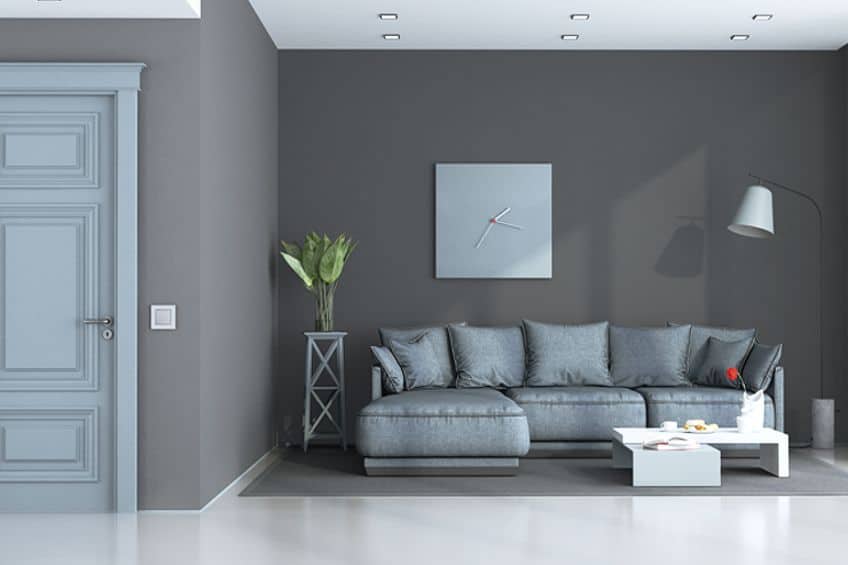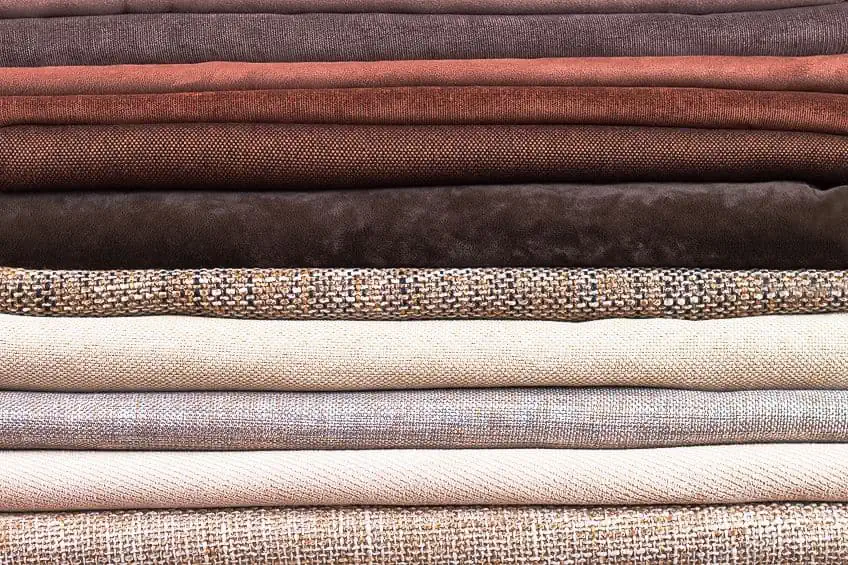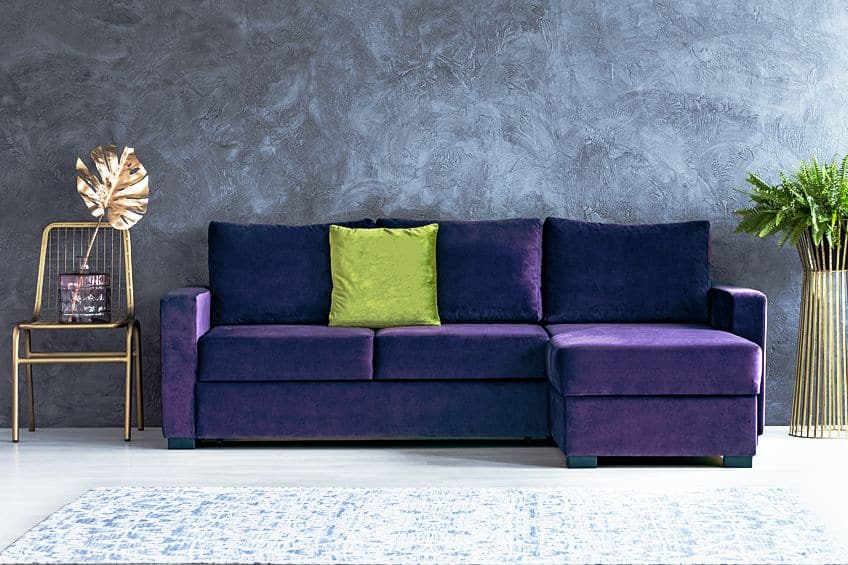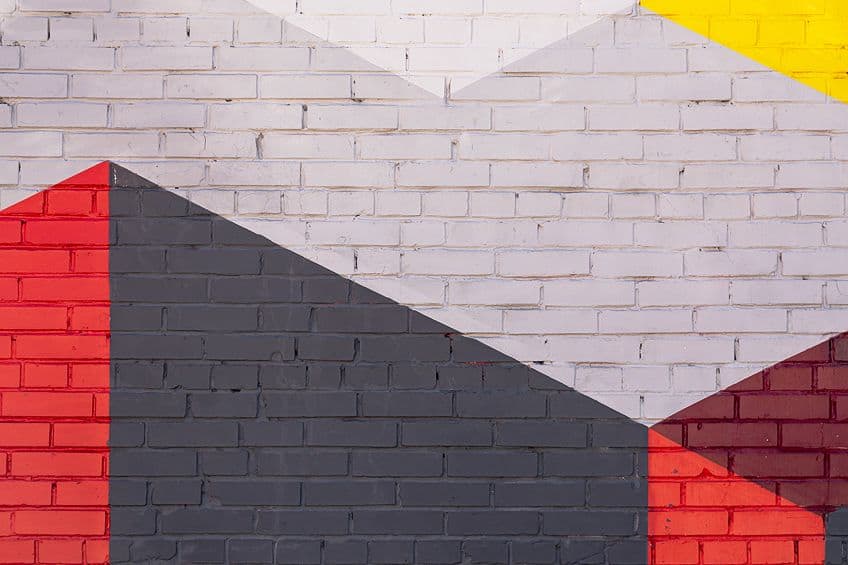What Colors Make Gray? – Learning How to Make Gray Shades
Color is a language that speaks to one’s senses, evoking emotions and setting the tone for our experiences. Gray, in particular, is a color that can evoke feelings of tranquility, elegance, and sophistication. But, have you ever wondered how this color can be created, or what colors come together to form the alluring hue of gray? The answer may surprise you, as it is not as simple as mixing black and white! So, let us delve into the captivating world of color theory and explore the question: what colors make gray?
Contents
What Color Is Gray?
Gray, the color that lies between black and white, is a shade that captivates the observer with its subtlety and elegance. It is a color that is neutral yet richly evocative, possessing a nuanced beauty that can be difficult to define. Gray can take on many different tones and hues, depending on the mix of colors that comprise it. It can range from a cool, blue-gray to a warmer, dark grayish purple, and can even contain undertones of green, pink, and red.
Despite its seemingly muted nature, gray is a color that can convey a range of emotions and moods, from somber and serious to refined and sophisticated.
It is a color that can be both calming and contemplative, as well as inspiring and energizing. This is a color that is widely used in art, design, and fashion, and it can be paired with a variety of other colors to create unique and striking combinations. It is a color that is adaptable and versatile, capable of setting a tone of understated elegance or bold modernity. Overall, the color gray is one that possesses a depth and richness that can be both subtle and striking. It is a color that can evoke a range of emotions and moods, as it is beloved for its versatility and timeless appeal.
History of Gray
Gray, the enigmatic and sophisticated color, has a rich and varied history that spans across many cultures and periods. Its origins can be traced back to ancient times, where it was used to represent the natural world and the elements of earth, air, and water. Gray was also used in art and fashion, as it was seen as a color that could convey both elegance and restraint. In the Middle Ages, gray became associated with mourning, as it was a somber and neutral color that was appropriate for solemn occasions.
It was also used as a color of religious symbolism, with gray being the color of humility and penance.
During the Renaissance, gray took on a more nuanced meaning, becoming associated with the complexities of the human condition. It was used in art to create depth and dimensionality, as well as to represent the subtleties of emotions and mood. Leading into the 20th century, gray became a popular choice in design and architecture, as it was seen as a versatile and neutral color that could be used to create sleek, modern aesthetics.
The color gray has also been associated with the technological advancements of the modern era, with the silver and gray tones of machinery and technology becoming iconic. Today, gray remains a timeless color that is beloved for its versatility and elegance. Whether it is used in fashion, art, design, or even literature, the color gray continues to captivate and inspire, reminding us of the many nuances and complexities of the world around us.
Shades of Gray
Like most colors, the versatile and timeless gray is not just made up of a single hue, but rather a vast array of shades that can each evoke different moods and emotions. From cool and calming to warm and inviting, the different shades of gray have their own unique character and charm.
| Gray Color | Hex Code | RGB | CMYK (%) | Shade of Gray |
| Gray | #808080 | 128, 128, 128 | 0, 0, 0, 50 | |
| Arsenic | #3b444b | 59, 68, 75 | 21, 9, 0, 71 | |
| Ash Gray | #b2beb5 | 178, 190, 181 | 6, 0, 5, 25 | |
| Cadet Gray | #91a3b0 | 145, 163, 176 | 18, 7, 0, 31 | |
| Charcoal | #36454f | 54, 69, 79 | 32, 13, 0, 69 | |
| Davy’s Gray | #555555 | 85, 85, 85 | 0, 0, 0, 67 | |
| Gainsboro | #dcdcdc | 220, 220, 220 | 0, 0, 0, 14 | |
| Gunmetal | #2a3439 | 42, 52, 57 | 26, 9, 0, 78 | |
| Marengo | #4c5866 | 76, 88, 102 | 25, 14, 0, 60 | |
| Outer Space | #414a4c | 65, 74, 76 | 14, 3, 0, 70 |
Cool grays, for instance, have blue or green undertones, and are often associated with tranquility and serenity. These shades are reminiscent of foggy mornings or misty seascapes, creating a sense of calm and peacefulness. They are often used in modern designs and interiors, as they provide a clean and crisp look to any space. On the other hand, we have warm grays that possess yellow or brown undertones, which are able to bring a sense of comfort and coziness. These shades are reminiscent of the softness of wool or the warmth of a cozy fire, creating a welcoming and inviting atmosphere. They are often used in rustic or traditional designs, as they have a comforting and classic look.
Neutral grays, however, have no predominant undertones, and are the most versatile of all the gray shades.
These shades can be paired with a variety of other colors and are often used in minimalist or modern designs. They have a sleek and sophisticated look, and can be either cool or warm depending on the lighting and surrounding colors. Other shades of gray, such as charcoal or slate, are deeper and darker, evoking a sense of drama and intensity. These shades are often used in fashion or graphic design, as they provide any composition with a bolder and more striking look. Overall, the different shades of gray have their own unique personality and character, and can be used to create a variety of moods and atmospheres. From calming and serene to warm and inviting, the shades of gray form to create a timeless and versatile color palette.
How To Make Gray Paint
Now that we have a bit more of a deeper understanding of this elegant color, we can begin the process of learning how to make gray paint, whether for an art piece or for painting a room in your home. After all, this is a hue that is able to add sophistication and depth to any space or project with ease. In order to make gray paint, you first need to come to terms with the specific shade or style that you are wanting to convey.
As previously mentioned, gray is a hue that is made up of seemingly countless other shades, each coming in its own warm or cool color tones.
However, if you are only looking to find out what two colors make gray paint in the most simple manner, you merely have to mix together black and white paint in various amounts. Adding more white paint will provide you with a lighter shade of gray, while adding more black paint can provide you with a darker shade. Although, by using only these two colors, you will be left with a rather lifeless shade of gray, so adding other colors can help to create more complex and interesting shades.
| Color Name | Hex Code | RGB | CMYK (%) | Shade of Color |
| Black | #000000 | 0, 0, 0 | 0, 0, 0, 100 | |
| White | #ffffff | 255, 255, 255 | 0, 0, 0, 0 |
In order to make a warmer shade of gray, all you have to do is add in a small amount of burnt umber or raw sienna with your black and white paint mixture. This can give your gray a touch of much-needed warmth and depth, making it a great option for rustic or traditional designs.
| Color Name | Hex Code | RGB | CMYK (%) | Shade of Color |
| Burnt Umber | #6e260e | 110, 38, 41 | 0, 65, 87, 57 | |
| Raw Sienna | #d68a59 | 214, 138, 89 | 0, 36, 58, 16 |
To create a cooler shade of gray, however, adding a touch of blue or green to your black and white paint mixture can give it a rather refreshing and calming feel. This can work well in modern or minimalist designs, as it provides a clean and crisp look to practically any composition.
| Color Name | Hex Code | RGB | CMYK (%) | Shade of Color |
| Blue | #0000ff | 0, 0, 255 | 100, 100, 0, 0 | |
| Green | #008000 | 0, 128, 0 | 100, 0, 100, 50 |
Another option you can go for is to mix in complementary colors together to create a neutral gray. Complementary colors are those that are opposite each other on the color wheel, such as blue and orange, or yellow and purple. Mixing these colors together in varying amounts with black and white can create a neutral gray with a subtle hint of color undertones, ranging from a dark grayish purple to a light grayish yellow, and everything in between!
| Color Name | Hex Code | RGB | CMYK (%) | Shade of Color |
| Blue | #0000ff | 0, 0, 255 | 100, 100, 0, 0 | |
| Orange | #ffa500 | 255, 165, 0 | 0, 35, 100, 0 | |
| Yellow | #ffff00 | 255, 255, 0 | 0, 0, 100, 0 | |
| Purple | #800080 | 128, 0, 128 | 0, 100, 0, 50 |
In the end, the key to making a great gray paint mixture is to experiment and have fun with different combinations of colors. It can be a highly rewarding and creative process that allows you to personalize your own unique shades of gray for any of your upcoming projects. So, grab your paintbrush and start mixing!
What Colors Go With Gray?
Using gray correctly is not always about knowing how to make gray paint most effectively, but rather by using it with other colors that create a unique yet interesting combination. Despite its seemingly neutral and dull appearance, gray is a color that is able to work surprisingly well with a wide array of different colors, and can even be used as an effective foundation that emphasizes other colors to excellent effect.
Whether it is for fashion, interior design, or even graphic design, pairing gray with other colors can create a unique and sophisticated look.
One classic pairing for gray has to include the color white, which works to create a clean and crisp look that is both modern and timeless. This pairing can work well in minimalist or Scandinavian-style designs, where the emphasis remains on simplicity and clean lines.
| Color Name | Hex Code | RGB | CMYK (%) | Shade of Color |
| Gray | #808080 | 128, 128, 128 | 0, 0, 0, 50 | |
| White | #ffffff | 255, 255, 255 | 0, 0, 0, 0 |
For a warmer and more inviting design, pairing gray with warm neutrals such as beige, tan, or brown can create a cozy and comfortable look. This combination can work well in rustic or traditional designs, adding warmth and richness to the space.
| Color Name | Hex Code | RGB | CMYK (%) | Shade of Color |
| Gray | #808080 | 128, 128, 128 | 0, 0, 0, 50 | |
| Beige | #f5f5dc | 245, 245, 220 | 0, 0, 10, 4 | |
| Tan | #d2b48c | 210, 180, 140 | 0, 14, 33, 18 | |
| Brown | #a52a2a | 165, 42, 42 | 0, 75, 75, 35 |
On the other hand, pairing gray with cool colors such as blue, green, or purple can create a refreshing and calming feel. This combination can work well in modern designs, creating a sleek and sophisticated look that is both calming and energizing.
| Color Name | Hex Code | RGB | CMYK (%) | Shade of Color |
| Gray | #808080 | 128, 128, 128 | 0, 0, 0, 50 | |
| Blue | #0000ff | 0, 0, 255 | 100, 100, 0, 0 | |
| Green | #008000 | 0, 128, 0 | 100, 0, 100, 50 | |
| Purple | #800080 | 128, 0, 128 | 0, 100, 0, 50 |
For a bolder and more dramatic look, however, pairing gray with bright and vibrant colors such as yellow, orange, or even red, can create a striking and attention-grabbing effect. This pairing can work well in graphic design or fashion, adding a pop of color to an otherwise neutral color palette.
| Color Name | Hex Code | RGB | CMYK (%) | Shade of Color |
| Gray | #808080 | 128, 128, 128 | 0, 0, 0, 50 | |
| Yellow | #ffff00 | 255, 255, 0 | 0, 0, 100, 0 | |
| Orange | #ffa500 | 255, 165, 0 | 0, 35, 100, 0 | |
| Red | #ff0000 | 255, 0, 0 | 0, 100, 100, 0 |
Overall, the versatility of gray makes it a great color to pair with a wide range of other hues. From warm neutrals to cool colors, bright and bold hues, to subtle and subbed shades, gray can create a variety of moods and styles. So, when it comes to pairing colors with gray, the possibilities truly are endless!
In conclusion, the elegant and versatile color of gray is a hue that can be created by mixing together various combinations of other colors. From cool grays with blue or green undertones, to warm grays with yellow or brown undertones, the different shades of gray have their own unique character and charm. By mixing black and white paint in varying amounts, and adding other colors such as burnt umber or raw sienna, blue or green, or complementary colors, you can create your own unique shade of gray that can be tailored to your specific project or design. So, let your creativity flow and experiment with different color combinations to create your own perfect shade of gray!
Frequently Asked Questions
What Colors Make Gray?
If you are looking to find out what two colors make gray, then you simply need to mix in equal parts of black and white paint, with darker and lighter shades being attained by adding more of the respective color. However, warmer and colder shades of gray can be obtained by mixing in small amounts of either red or orange, or even blue and green, into your black and white paint mixture.
What Is the Psychology Behind the Color Gray?
Gray is often associated with sophistication, elegance, and neutrality. It can create a calming and soothing effect, and is often used in design and other forms of art to convey a sense of balance and stability. However, too much gray can also create a feeling of dullness or sadness, so it is important to use gray in moderation and pair it with other colors to create a dynamic and engaging space.
What Are Some Common Uses for the Color Gray?
Gray is commonly used in fashion, interior design, art, and graphic design. It can be used as a neutral backdrop to other colors, or as the main color in a design to convey a sense of elegance and sophistication. For instance, fashion and design have commonly used charcoal gray, light gray, and silver gray, as these shades can be used in a variety of settings from formal and elegant to casual and modern, and can be paired with a wide range of other colors to create a unique and stylish look.
What Are the Different Shades of Gray?
The different shades of gray can range from cool grays with blue or green undertones, to warm grays with yellow or brown undertones, and neutral grays with no predominant undertones. There are countless different shades of gray, each possessing its own unique character and charm from the last.
What Is the Difference Between Gray and Grey?
There is no real difference between gray and grey; they are simply different spellings of the same word. Gray is the preferred spelling in the United States, while grey is more commonly used in British English.
Megan is a writer and researcher who holds a degree in Social Sciences, with a specialization in Psychology and Environmental Science, from the University of Cape Town. Her dedication to acquiring knowledge and making a positive impact has driven her current work in promoting conscious and sustainable growth in Southern Africa. Megan’s interests encompass exploring the physical and psychological impacts of color in our environment on our mood and well-being. She is also passionate about the role of art and creativity, which has been an integral part of society since the beginning of human history. Since 2022, Megan has been contributing blog posts on painting and color theory at artfilemagazine.
Learn more about Megan van Schoor and about us.
Cite this Article
Megan, van Schoor, “What Colors Make Gray? – Learning How to Make Gray Shades.” artfilemagazine – Your Online Art Source. May 22, 2023. URL: https://artfilemagazine.com/what-colors-make-gray/
van Schoor, M. (2023, 22 May). What Colors Make Gray? – Learning How to Make Gray Shades. artfilemagazine – Your Online Art Source. https://artfilemagazine.com/what-colors-make-gray/
van Schoor, Megan. “What Colors Make Gray? – Learning How to Make Gray Shades.” artfilemagazine – Your Online Art Source, May 22, 2023. https://artfilemagazine.com/what-colors-make-gray/.


